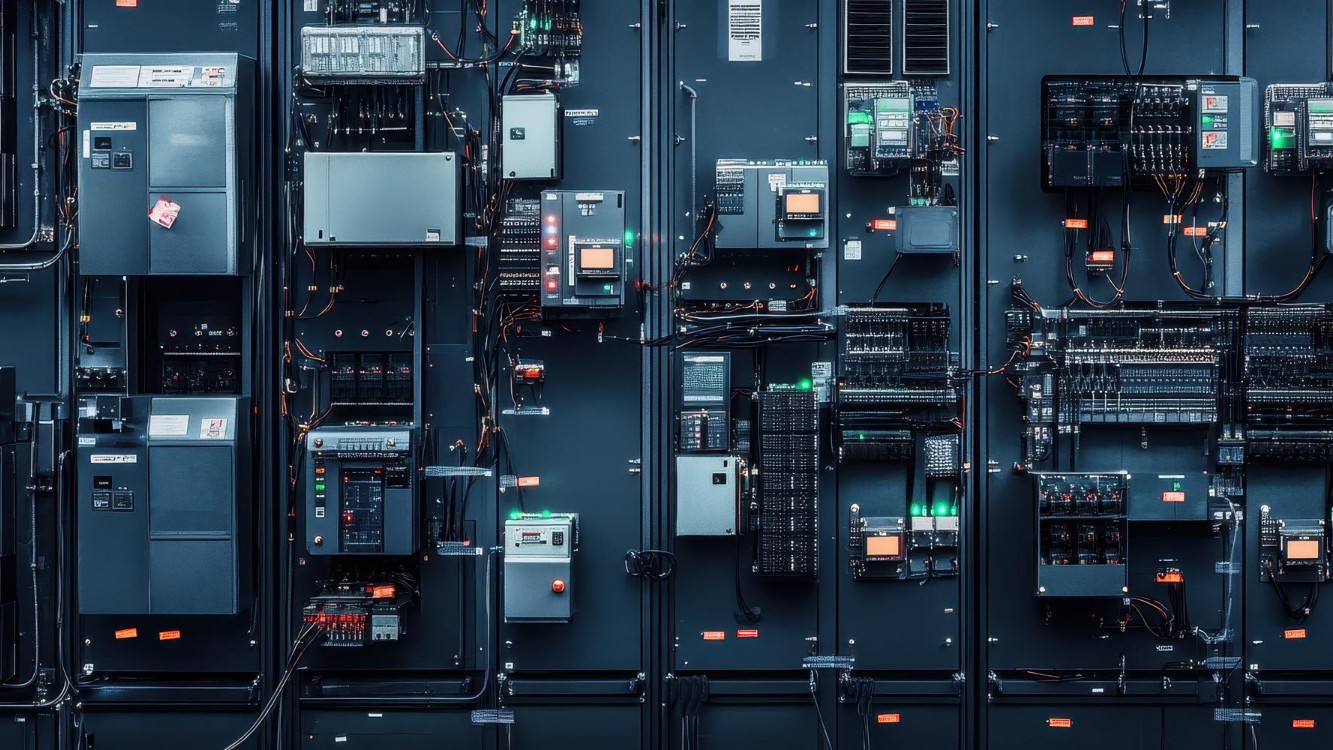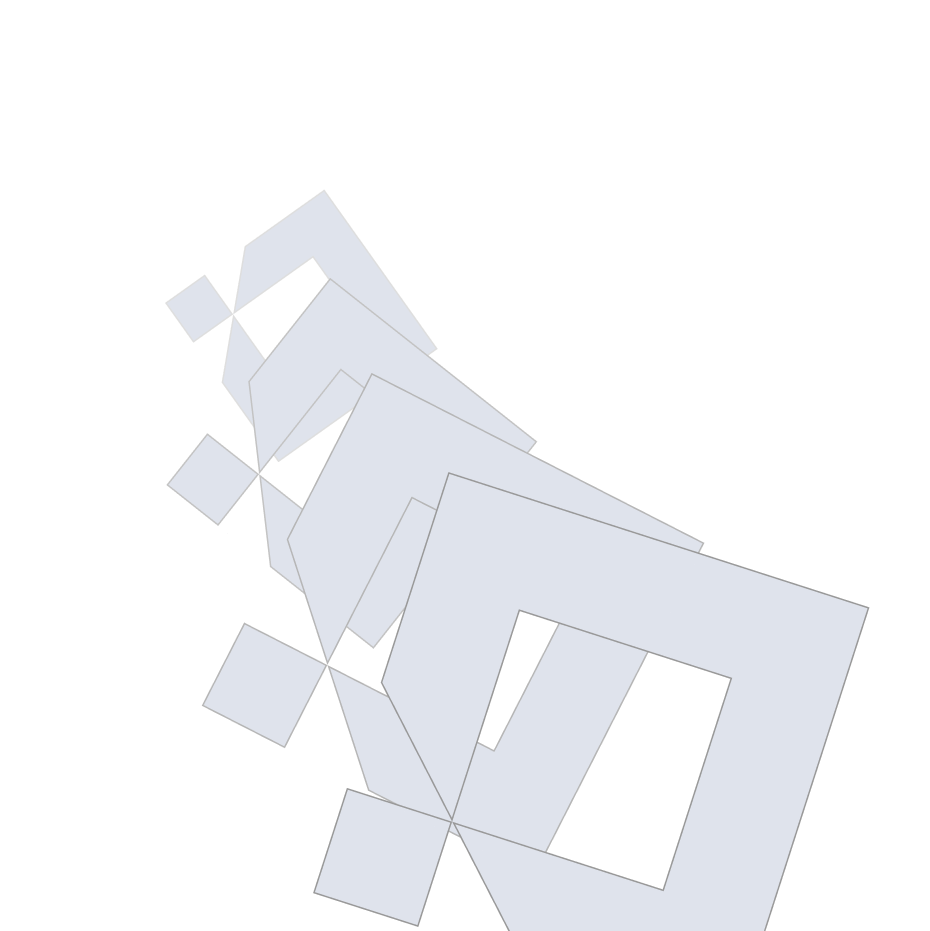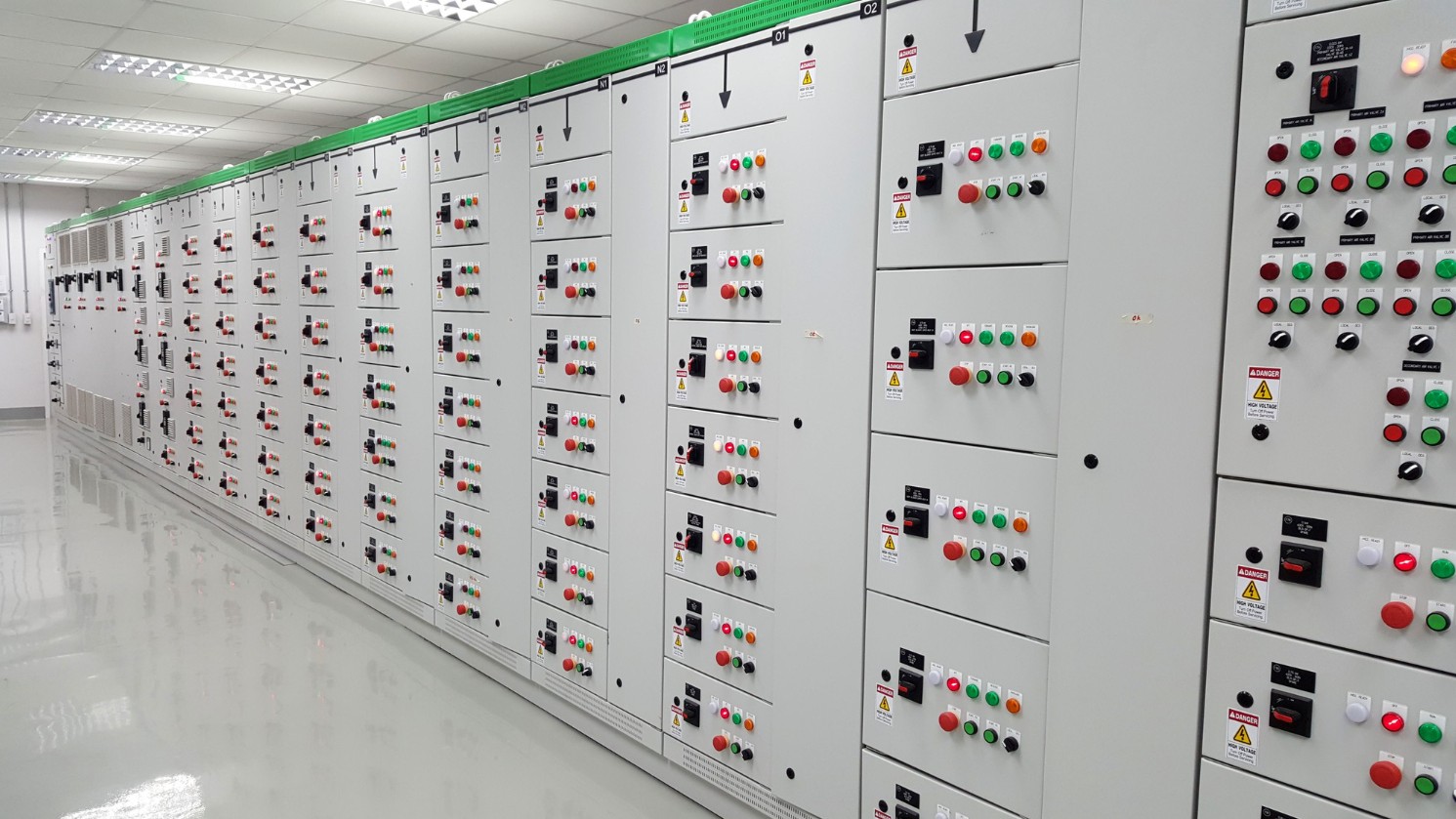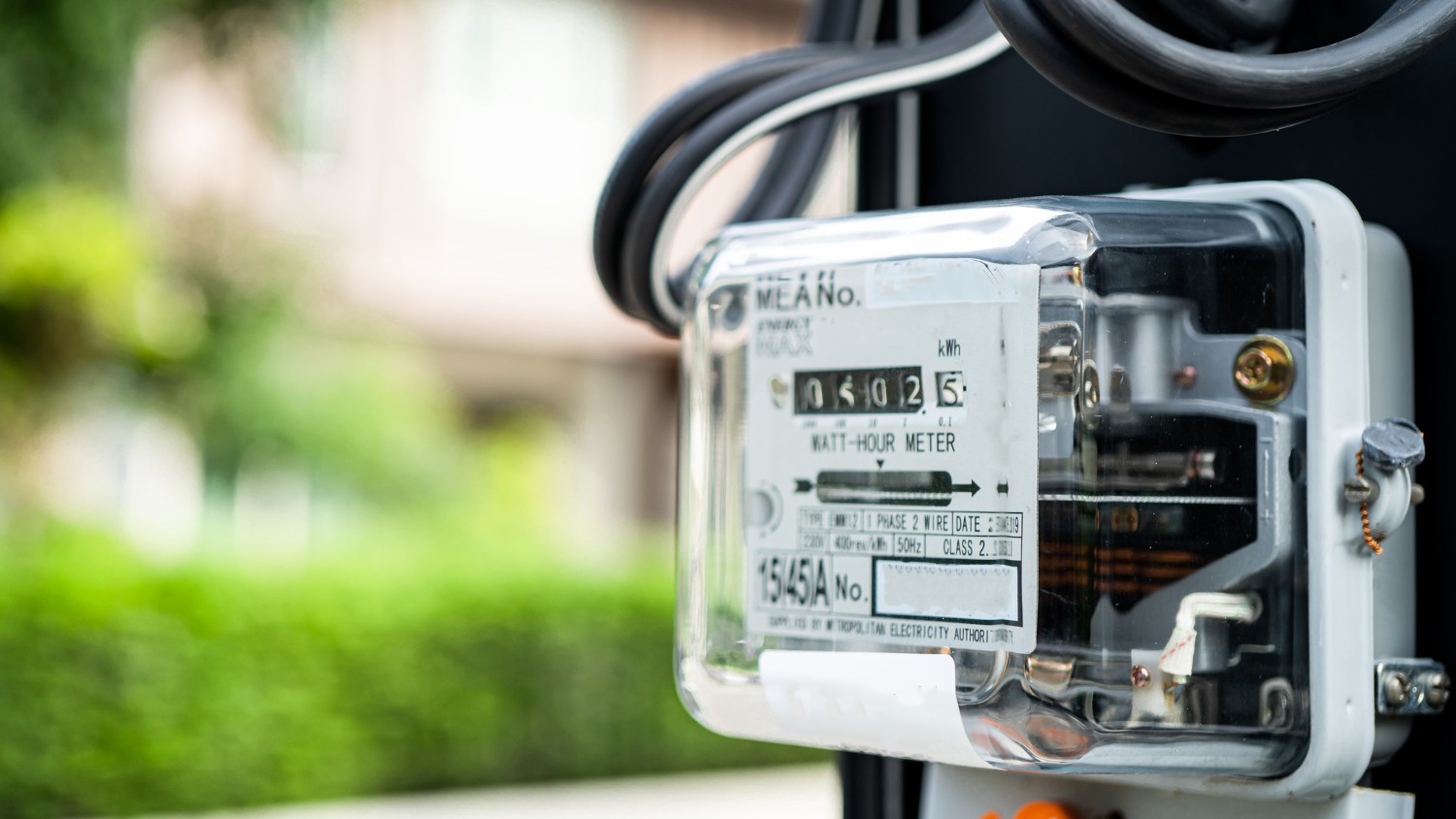
Industrial switchgear types and applications
Essential features of switchgear
In industrial electrical systems, safety, efficiency, and reliability are paramount. At the heart of ensuring smooth operation and safeguarding both equipment and personnel lies industrial switchgear. Understanding industrial switchgear types and applications is essential for businesses looking to streamline operations, enhance safety, and ensure compliance with regulatory standards.
This blog will provide in-depth insights into the types of switchgear and their specific applications. It will also cover the essential features of switchgear that make them a crucial component in industrial settings.
What is Industrial Switchgear?
Industrial switchgear is a critical component of electrical distribution systems. It refers to a collection of electrical devices used for controlling, protecting, and isolating electrical equipment in industrial environments. Switchgear is designed to interrupt the flow of electricity in the event of faults or overcurrent situations, preventing damage to circuits, and machines, and reducing risks to personnel.
In any industrial facility—whether manufacturing plants, power stations, or distribution networks—switchgear is indispensable. It ensures continuous power supply, facilitates safe maintenance, and mitigates the risk of electrical hazards.
Types of Industrial Switchgear
Switchgear systems vary in their functionality, design, and application. Here’s a breakdown of the main industrial switchgear types and applications:
1. Low Voltage Switchgear (LV Switchgear)
Application: Low voltage switchgear is used in industrial sectors where the voltage does not exceed 1000V. It’s typically employed in commercial buildings, factories, and smaller industrial settings.
Key Features:
- Protects against overloads, short circuits, and electrical faults.
- Controls electrical distribution within lower voltage networks.
- Includes circuit breakers, switches, and fuses.
LV switchgear plays a key role in ensuring the safety and stability of low-voltage systems, especially in environments where electrical systems are highly complex or prone to load changes.
2. Medium Voltage Switchgear (MV Switchgear)
Application: Medium voltage switchgear is designed for electrical systems operating at voltages ranging from 1kV to 36kV. This type of switchgear is widely used in industrial plants, substations, and utilities.
Key Features:
- Protects electrical equipment from overloads and faults in medium-voltage networks.
- Used for distribution and control of power between different parts of an industrial facility.
- Equipped with high-speed breakers and protection relays.
Medium voltage switchgear offers reliable protection and allows for smooth management of electrical supply in more demanding environments, ensuring operational efficiency.
3. High Voltage Switchgear (HV Switchgear)
Application: High voltage switchgear is used in systems where the voltage exceeds 36kV. This type of switchgear is crucial in large power generation plants, electrical transmission networks, and substations.
Key Features:
- Designed for fault protection in high voltage systems.
- Helps in isolating faulty sections and preventing the spread of faults.
- Ensures power transmission without interruption, even under high load conditions.
HV switchgear is a key player in managing electrical power in large-scale operations, preventing outages, and safeguarding high-value equipment in the process.
4. Gas Insulated Switchgear (GIS)
Application: GIS is widely used in areas with limited space and where environmental conditions require compact and robust systems. It’s ideal for substations in urban areas or offshore platforms.
Key Features:
- Uses SF6 gas as an insulating medium, offering high reliability.
- Space-efficient due to its compact design.
- Ideal for operation in harsh conditions such as extreme temperatures and humidity.
GIS is increasingly favored in urban environments where space is limited and the need for robust protection and efficiency is high.
5. Air Insulated Switchgear (AIS)
Application: AIS is most commonly used in medium and high-voltage applications, especially in outdoor substations, industrial plants, and power distribution networks.
Key Features:
- Utilizes air as the insulating medium.
- Suitable for applications in areas with a low risk of contamination and environmental hazards.
- Offers easy maintenance and a cost-effective solution for many industrial applications.
Air-insulated switchgear is particularly suitable for facilities where space isn’t as much of a constraint and where environmental factors allow for more traditional designs.
Essential Features of Switchgear
Understanding the essential features of switchgear is critical for selecting the right equipment for your industrial needs. Here are some key features to consider:
1. Protection Mechanisms
Switchgear must provide efficient protection against electrical faults such as short circuits, overloads, and earth faults. The protection system includes circuit breakers, fuses, and protection relays, which work together to detect faults and interrupt power flow to prevent damage.
2. Reliability
Industrial switchgear should operate with high reliability to ensure the safety and uptime of electrical systems. It must be capable of handling fluctuations in load and environmental stresses without compromising its performance.
3. Interruption Capacity
Switchgear must be able to interrupt the current flow without causing further damage to the system. This is particularly critical in fault conditions, where the ability to rapidly and safely interrupt the current can prevent catastrophic damage.
4. Control and Automation
Modern switchgear comes with automated control systems that allow for remote operation, fault detection, and real-time diagnostics. This is especially valuable in large industrial settings where manual monitoring and operation may not be feasible.
5. Compactness and Efficiency
Switchgear is evolving towards more compact designs that maximize space and operational efficiency. With the increasing demand for miniaturization in industrial plants, compact switchgear solutions are being developed to fit into smaller spaces while maintaining functionality.
Applications of Industrial Switchgear
Industrial switchgear finds applications across a wide range of industries, including:
- Manufacturing Facilities: Switchgear ensures stable and safe distribution of power in manufacturing units, helping to prevent downtime and protecting sensitive machinery.
- Energy and Utilities: Switchgear systems are critical in power plants and electrical transmission networks, where they ensure that power is distributed reliably and safely.
- Mining and Oil & Gas: In these high-risk environments, switchgear is used to prevent electrical faults that could cause accidents, fires, or equipment failure.
- Data Centers: High-efficiency switchgear systems are employed to ensure continuous power supply and protect critical data infrastructure from electrical disruptions.
- Renewable Energy: Switchgear helps in controlling and protecting the electrical systems of renewable energy plants, ensuring smooth integration with the grid.
Conclusion
Industrial switchgear is an indispensable part of modern industrial electrical infrastructure, offering a range of protection, control, and automation features that ensure the reliability, safety, and efficiency of electrical systems. By understanding the different types of industrial switchgear, businesses can make informed decisions about which systems best suit their operational needs, enhancing both productivity and safety.
For businesses looking to optimize their electrical distribution, it’s crucial to invest in switchgear that meets the demands of their industry while incorporating the essential features of switchgear to maintain operational integrity and compliance.



